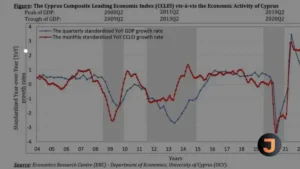Exploring the Causes Behind Escalating Heat Waves
As South and Southeast Asia grapple with soaring temperatures, experts are delving into the root causes of these extreme weather events. Professor Krishna AchutaRao from the Indian Institute of Technology challenges the notion that El Niño, a periodic oceanic phenomenon, is the sole culprit behind the persistent heat waves. Instead, he points to a recurring pattern that has seen temperatures rise alarmingly across the region.
With parts of South Asia experiencing temperatures as high as 45°C in early May, the search for explanations intensifies. The phenomenon is not limited to the equator’s vicinity; global temperatures have been consistently breaking records for the past eleven months. This trend raises critical questions about the potential climate feedback mechanisms at play and whether we have activated an
Climate scientist Jim Hansen suggests that recent reductions in pollution, particularly sulphur dioxide emissions, could be contributing to the warming by allowing more sunlight to penetrate the atmosphere. However, there is skepticism regarding whether this reduction in cooling pollutants is sufficient to explain the dramatic rise in global temperatures.
The possibility of an
The current situation underscores our limited understanding of the Earth’s climate system and the urgent need for further research into potential tipping points. As we witness the unfolding impact of these heat waves, from India to the Philippines, the imperative to unravel these complex interactions becomes ever more pressing. The stakes are high, as we may be on the brink of discovering a new and potent climate feedback loop—one that could have profound implications for our planet’s future.






